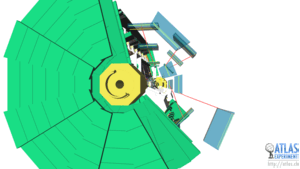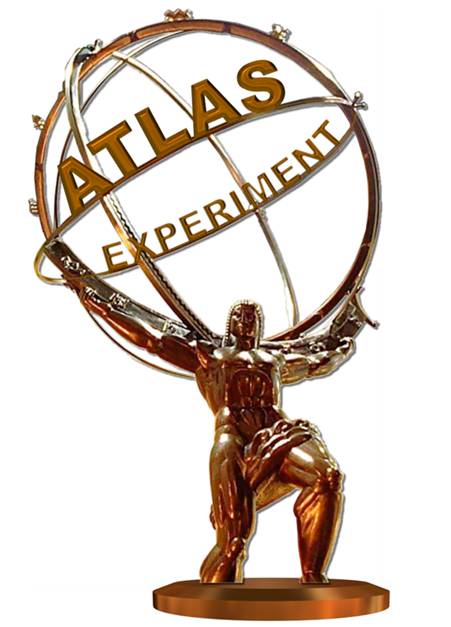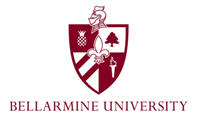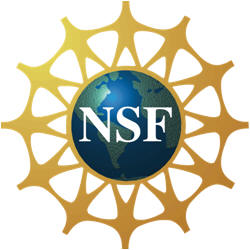|
|
|
 |
|
STUDENT RESEARCH PROJECTS AT BELLARMINE UNIVERSITY |
||
|
The ATLAS Tier3 Supercomputer at Bellarmine University
Jovan Andjelich, Drew Miles, Benjamin Draper, Earle Foskett, Dr. Akhtar Mahmood Bellarmine University and Dr. Horst Severini University of Oklahoma
We have built and implemented a state-of-the-art 5 Teraflops Supercomputer at Bellarmine University using the national Open Science Grid (OSG) cyberinfrastructure for the CERN LHC-ATLAS experiment. Funding for the supercomputer was obtained from NSF’s OCI (Office of Cyberinfrastructure) program. All the equipment needed to build the supercomputer was purchased from Dell. Bellarmine University’s 51-node supercomputing cluster is equipped with 408 cores, 1248GB of RAM and 375TB of disk storage space. The Tier3 Grid Supercomputer has been operational since September 20, 2010. The Supercomputer is running the Scientific Linux 5.4 operating system. At BU, we have set up and implemented various web portals for monitoring the performance of the Supercomputer, using PCM (Platform Cluster Manager), Cacti (a web-based graphing tool) and Nagios (a network monitoring software application). We have also set up an OSG monitoring dashboard for theTier3 cluster using Netvibes.
Click here to read the report/paper. |
||
|
Monte-Carlo Simulation and Data Analysis using the ATLAS Detector at the CERN-LHC (Large Hadron Collider)
Drew Miles, Cody Haycraft, Jovan Andjelich, Sean Dockery, Benjamin Draper, Dr. Akhtar Mahmood Bellarmine University
The LHC (Large Hadron Collider) experiment at CERN is searching for new subatomic particles to decipher the cosmic ingredients that created the Universe some 13.7 billion years ago. The energy in these collisions is similar to what was present in the universe just after the Big Bang, when the universe was less than a billionth of a second old. ATLAS (A Toridal LHC ApparatuS) experiment at the LHC records the results of these intense collisions and measures the properties of these subatomic particles with micron precision. Since these quarks and gluons combine to form other exotic particles, the ATLAS detector is able to observe the final state particles - electrons, muons, photons, pions, and protons. We have studied the various detector parameters using monte-carlo data to gain a better understanding of how the ATLAS detector works and to visualize what happens inside the ATLAS detector. We focused on filtering methodologies and pattern recognition techniques by learning how to select events via their signatures, with the hope of finding “rare signals” of the Higgs boson in specific channels from the overwhelming backgrounds. We were able to study W and Z boson events by observing their decay products and applied this knowledge to search for the Higgs boson.
At Bellarmine University, using
CERN’s Atlantis and Hypatia software packages, we have identified the W and Z
bosons using monte-carlo data, with the eventual goal to
search for the Higgs boson in the
H->ZZ->llll and
H->WW->lnln
channels where l=e or
m).
One of our aim is to
classify events in the different categories: W->en,
W->mn,
Z->ee, Z->mm
and background events from jet production
using monte-carlo data.
We calculated the ratios of W->en/W->mn,
Z->ee/Z->mm
as well as the Z/W production and compared it with the predicted values.
Click here to read the report/paper. |



